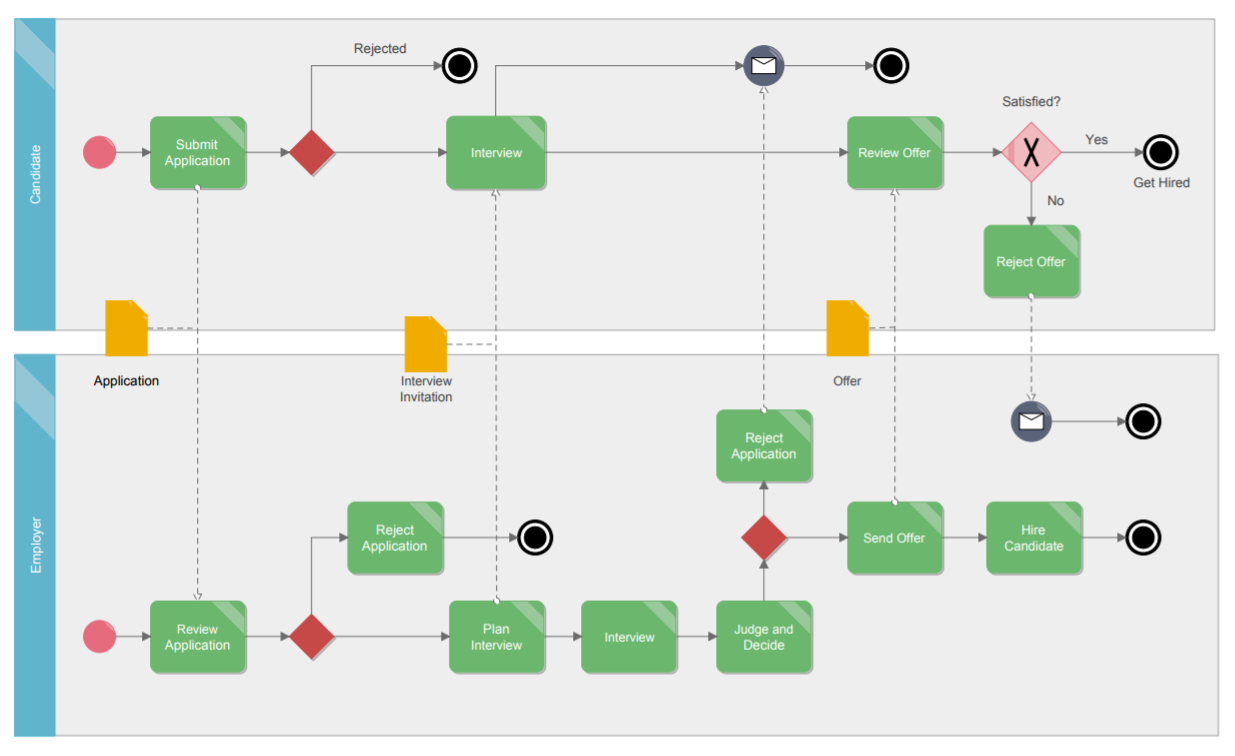The broad field of analysis
One can analyse everything – data, things, processes, events etc. Depending on what is being analysed, the correct methodologies will be used. Without a thorough preparation, the analysis will not usually be successful. Every analysis should be done systematically. Analysis could, therefore, be defined as dividing the whole into connected pieces.
Analysis is important in every field. In the economic fields, analysis is of crucial importance in banking, and information and communications sector. Without analysis, no well working and useful information system will be created. A not carefully conducted analysis might result in a failure of a software project, huge expenses, or the creation of something that the client didn’t want. In the worst case scenario, everything aforementioned happens at once.
The development steps of an information system are pretty strict. Depending on the methodologies, these steps might happen one after another or in parallel to make the project more agile. The development methodologies depend on the type of an information system but every methodology starts with a systems analysis, even if the system is not related to computing.
The analysis could be conducted on many levels – the main part of the business analysis is processes and the business analysis could stay on a conceptual level.
Systems analysis main objectives are to understand the systems more thoroughly, describe the systems needs, technicalities, and details. Both versions of analysis enable analysts to explore the systems methodologically and help to decompose it into little pieces to understand how everything works together.
Business analysis begins with the mapping of the current project’s or system’s state. Client interviews are an important input and help to understand the most important problems that a client has. These problems might be, for example, the automation of a process or the renewal of an already existing information system.
Identifying these processes and writing a report on them is occasionally one of the results of the business analysis. The report could then be used to identify the requirements for an information system or finding some relevant solutions to problems. Business Process Model and Notation (BPMN) is also an important component in business analysis that helps to identify connections between multiple actors in the processes that are done using the system.
Figure 1 – example of business process management (BPM) [1]

Therefore, business analysis objectives are:
- identifying the client’s needs (problems, objectives etc.);
- describing the current state of a project (problems);
- processes mapping (inside the information system and out of it);
- describe the system’s requirements to a client so they would be able to meet their business goals;
- Provide relevant solutions to the problems.
In conclusion, analysis helps to avoid excessive reworks. It is also necessary for creating a software that the client is asking for and raises the effectiveness of business processes.
Sources:
[1] Figure 1 - https://www.edrawsoft.com/templates/pdf/employment-application-bpmn.pdf







